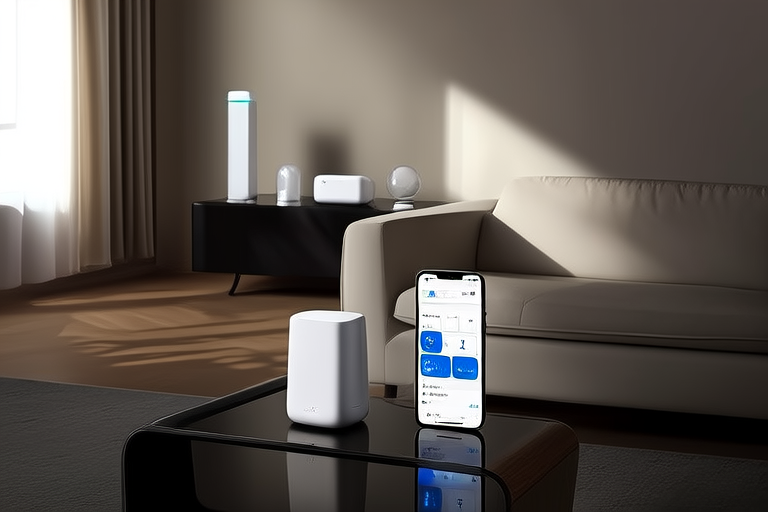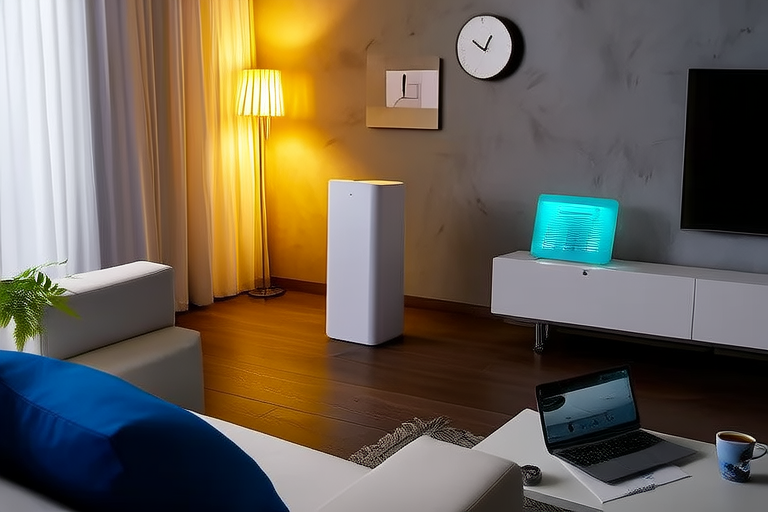“`html
Revolutionizing Your Space: The Rise of Smart Home Technology
Introduction
The concept of smart home technology refers to the integration of automated devices and systems into a household to enhance convenience, efficiency, and security. Over the years, advancements in technology have made smart home devices increasingly popular, offering homeowners a range of benefits that were once considered futuristic. From simple tasks like adjusting the thermostat remotely to more complex functions such as monitoring the entire home’s security, smart home technology is transforming the way we live.
Smart home technology has evolved significantly since its inception. Initially, it was primarily focused on basic automation and connectivity, but now it encompasses a wide array of devices and systems that work together seamlessly. These innovations have not only improved the functionality of homes but also made them more energy-efficient and secure. As more people embrace this technology, it is becoming clear that smart home devices are here to stay, offering significant advantages in terms of convenience, cost savings, and enhanced safety.
Understanding Smart Home Technology
Smart home technology involves the use of interconnected devices that can be controlled remotely via smartphones, tablets, or voice commands. These devices are designed to automate and streamline various aspects of home management, from temperature control to lighting and security. Key components of a smart home system include:
- Smart Thermostats: These devices allow users to adjust the temperature of their homes remotely, optimizing energy usage and reducing costs.
- Lighting Systems: Smart lights can be dimmed, turned on/off, and set to timers, providing flexibility and energy savings.
- Security Cameras: These cameras offer real-time monitoring of your property, helping to deter intruders and provide peace of mind.
- Voice Assistants: Devices like Amazon Echo and Google Nest allow users to interact with their homes using voice commands, making everyday tasks easier.
These devices communicate through a home network, often utilizing wireless technologies such as Zigbee, Z-Wave, and Wi-Fi. They can be programmed to work together, creating a cohesive system that enhances the overall functionality and efficiency of the home.
Benefits of Smart Home Devices
The convenience factor is one of the most compelling reasons to adopt smart home technology. With remote control capabilities, users can manage their home’s environment from anywhere, whether they’re at work or on vacation. For example, you can adjust the thermostat, turn off lights, or arm the security system without leaving your seat. Automation features further enhance this convenience by allowing devices to operate based on pre-set schedules or triggers.
Another significant benefit of smart home technology is energy efficiency. By optimizing the use of resources like heating, cooling, and lighting, smart devices can help reduce energy consumption and lower utility bills. For instance, smart thermostats can learn your preferences and adjust the temperature accordingly, ensuring that energy is used only when necessary. Similarly, smart lighting systems can automatically turn off unused lights, further reducing energy waste.
Improved security is another major advantage. Smart locks, surveillance cameras, and alarm systems provide an added layer of protection, giving homeowners greater peace of mind. For example, smart locks can be unlocked remotely or with a keyless entry code, while security cameras can send alerts if motion is detected. Additionally, many smart home systems integrate with local authorities, allowing for faster response times in case of emergencies.
Integration and Compatibility
One of the most appealing aspects of smart home technology is its ability to integrate seamlessly with other devices. However, achieving this seamless integration can sometimes be challenging due to compatibility issues. Different manufacturers may use varying communication protocols, such as Zigbee, Z-Wave, and Wi-Fi, which can create interoperability problems.
To address these challenges, many platforms have emerged to enable cross-device control. Platforms like Amazon Alexa, Google Assistant, and Apple HomeKit act as central hubs, allowing users to control multiple smart devices from a single interface. These platforms support a wide range of devices and can be customized to suit individual preferences, making it easier to create a cohesive smart home ecosystem.
When selecting smart home devices, it’s important to consider compatibility and ensure that all chosen devices can work together effectively. Researching and consulting reviews can help identify reliable brands and models that are known for their compatibility and ease of use.
Challenges and Considerations
While smart home technology offers numerous benefits, there are also some challenges and considerations that users should be aware of. One of the primary concerns is privacy. With the increasing amount of personal data being collected by smart devices, it’s crucial to ensure that this information is protected. Users should look for devices with strong encryption and robust security measures to safeguard their privacy.
Data security is another critical issue. Smart home devices are connected to the internet, making them vulnerable to cyberattacks. To mitigate these risks, it’s essential to keep software up-to-date and use strong passwords. Additionally, users should be cautious about sharing personal information and avoid connecting unsecured devices to the network.
The digital divide is another consideration. While smart home technology is rapidly advancing, not everyone has access to the necessary infrastructure or financial means to adopt these innovations. Efforts are being made to bridge this gap, but it remains a challenge for many households.
To ensure a smooth adoption process, it’s advisable to choose reputable brands and seek professional installation services. This will help guarantee that the devices are properly configured and functioning as intended.
Conclusion
In conclusion, smart home technology is revolutionizing the way we live, making our homes more efficient, secure, and comfortable. From remote control capabilities and energy savings to enhanced security measures, the benefits of integrating smart devices into daily life are undeniable. As technology continues to evolve, the possibilities offered by smart home systems will only increase.
By understanding the components of smart home technology, recognizing its benefits, addressing potential challenges, and making informed choices, homeowners can fully leverage the advantages of this innovative technology. Whether you’re looking to simplify your daily routines or enhance the safety of your home, smart home devices offer a wealth of opportunities to transform your living space.
“`




